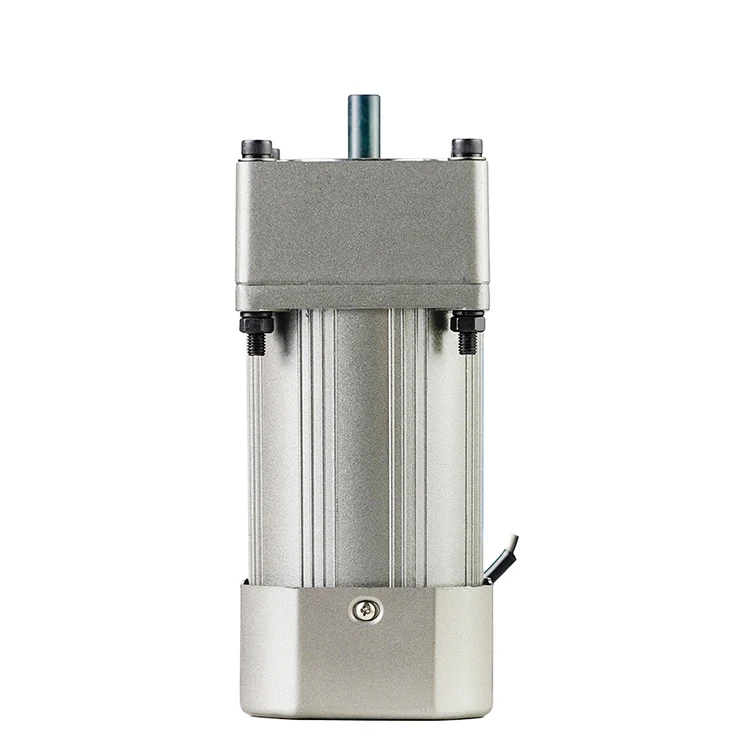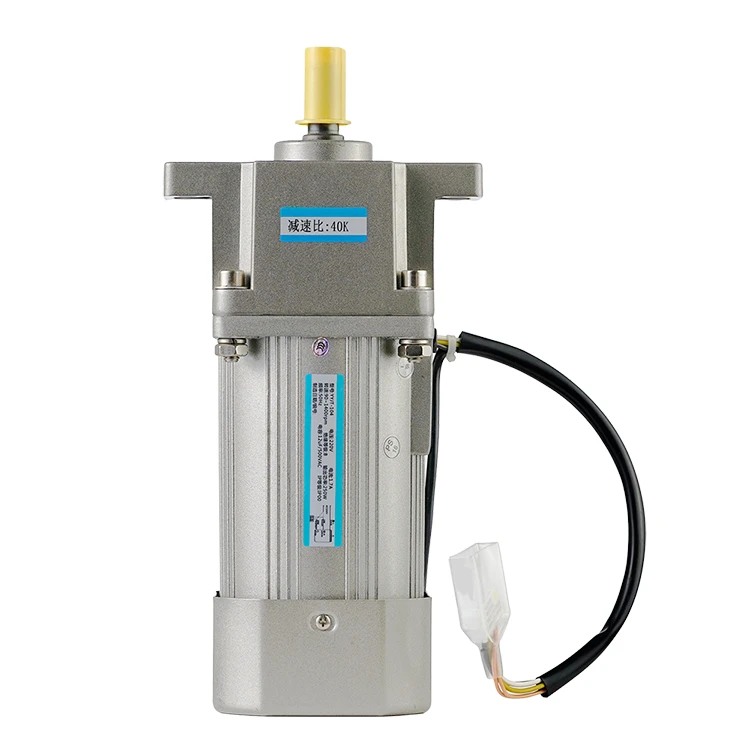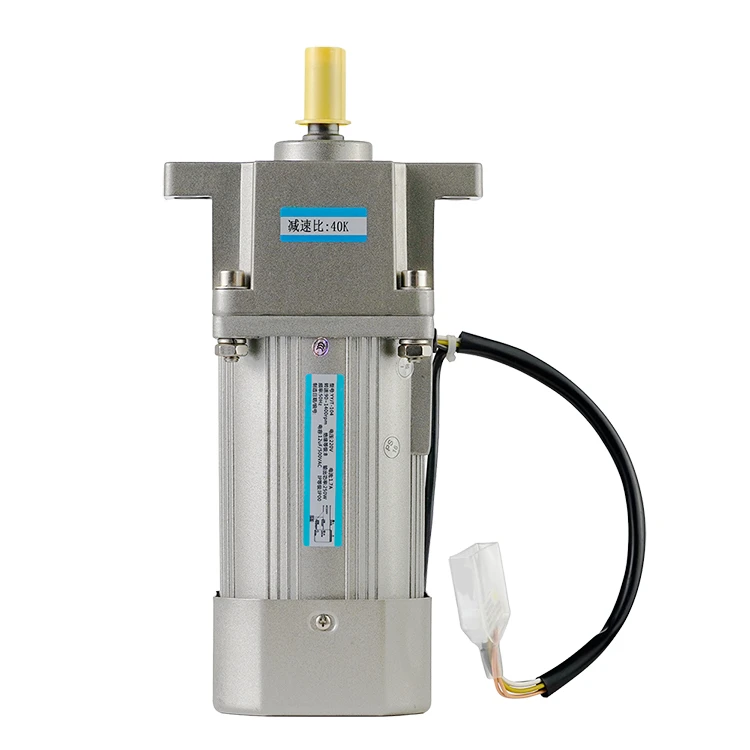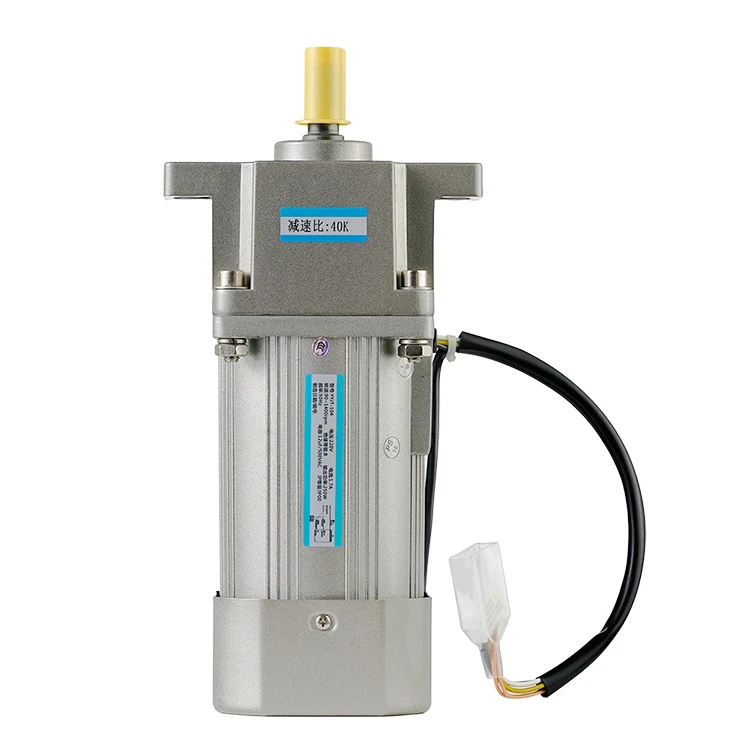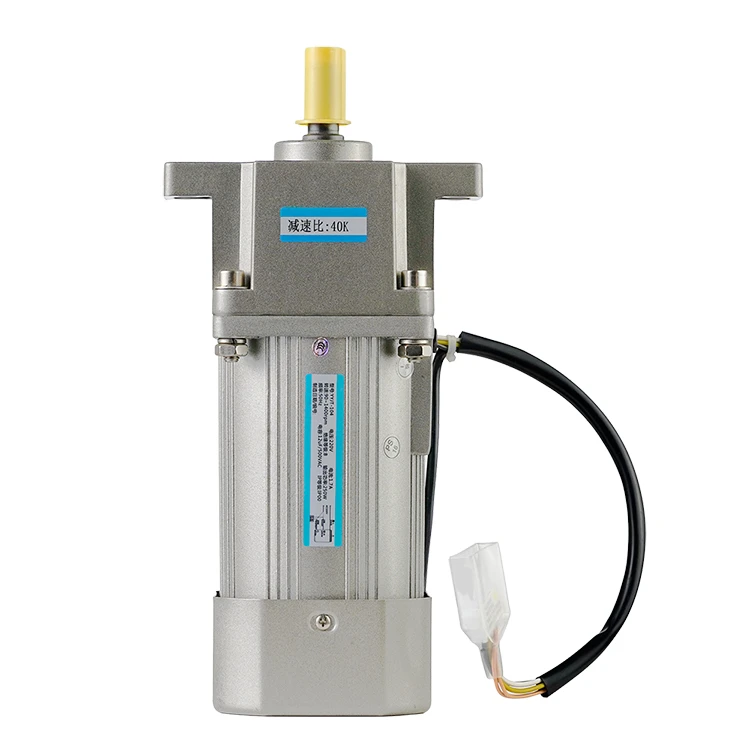How does a squirrel cage induction motor work?
2023-01-18 09:25:51
A squirrel cage induction motor is an electric motor that converts electrical energy into mechanical energy using electromagnetic induction. The rotor windings are made up of conductive bars that are shorted at the ends, creating a "cage" like structure that gives the motor its name. These motors are widely used due to their simplicity, reliability, and low cost, especially in small, low-power applications such as fans, blowers, and pumps.
The Working of Squirrel Cage Induction Motors
To understand how a squirrel cage induction motor works, we need to first understand electromagnetic induction. It is the process by which an electric current is generated in a conductor when it is exposed to a changing magnetic field. In an electric motor, electromagnetic induction is used to convert electrical energy into mechanical energy.
In a squirrel cage induction motor, the stator consists of a series of electromagnetic coils. When an alternating current (AC) is applied to these coils, a rotating magnetic field is generated. This rotating magnetic field then passes over the rotor windings, which are shorted conductive bars.
The interaction between the magnetic fields from the stator and rotor creates a torque, causing the rotor to rotate and follow the direction of the rotating magnetic field. However, the rotor windings in a squirrel cage induction motor have a high resistance, which limits the amount of torque that can be generated. As a result, squirrel cage induction motors have a low starting torque, meaning it takes a relatively large amount of torque to get the rotor moving when the motor is first turned on.
Once the rotor is moving, the interaction between the magnetic fields from the stator and rotor continues to generate a torque, keeping the rotor rotating at a constant speed. The rotational speed of the rotor is determined by the frequency of the power supply and the load on the motor.
Conclusion
In summary, squirrel cage induction motors are widely used due to their simplicity, reliability, and low cost. They work through electromagnetic induction by generating a rotating magnetic field through the stator coils, which interacts with the conductive bars on the rotor windings to generate torque and convert electrical energy into mechanical energy. While they have a low starting torque, once the rotor is moving, they continue to operate at a constant speed.
See What Lunyee Can Do For You
Contact Us
- 8619149417743
- +86-0371-5562 0274
- [email protected]
- Zhengzhou, Henan Province, China
- Mon-Fri: 9:00 - 18:00
